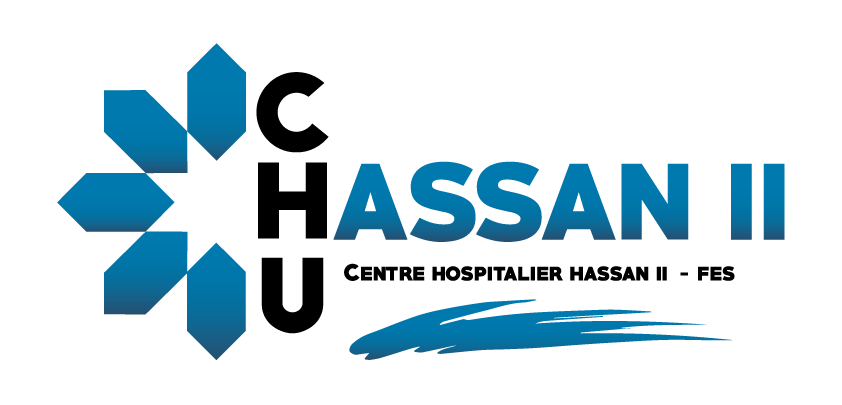Fractures of the upper end of the humerus are common, they represent about 5% of all fractures, and their frequency of occurrence increases to more than 10% beyond 65 years where they are the third cause of osteoporotic fractures of members after the fractures of the upper end of the
femur and wrist.
Even today there is no consensus on a decision algorithm on the therapeutic management of these fractures which passes from simple immobilization with humeral arthroplasty, through numerous techniques of fixation, the many therapeutic options reflect the difficulties encountered.
The aim of this study is to compare functional and radiological results of two surgical techniques in treatment of proximal humeral fractures.
Patients and methods : A retrospective study was performed, which included 21 patients, operated for a proximal humeral fracture by open reduction and internal fixation using an anatomical humeral plate, and another group of patient (21 patients) treated for the same lesion using a palm tree pinning technique of Kapandji. The comparison of results of the two techniques was based on three parameters: the time of healing, quality of reduction, and the functional result. The global mean age was 45 ,83 years, and the sex ratio (M/W) was 1,1.
Results : Statistical analysis of functional and radiological results showed no superiority of one technique over another; so the mean time of healing was 54 ,2 days in the group treated by plate, and 56 ,1 days in the group treated by pinning ,the mean absolute Constant score was respectively 84 ,96% and85 ,33%, and the mean measuring of cephalic angle was respectively48 ,22° and 53 ,06°.
We noted as complications in the group treated by pinning : 1 case of superficial infection,1case of delayed healing , 1 case of shoulder stiffness, 1 case of secondary displacement, 1 case of migration of intra-articular pin, and one case of reflex sympathetic dystrophy. ; where in the group who was trated by plate we found :1 case of secondary displacement ,1case of superficial infection, 1 case of delayed healing , 1 case of sub acromial conflict ,2 case of malunion ,1 case of
shoulder stiffness and finally one case of joint penetration of screws ;
Conclusion : Statistical analysis of functional and radiological results showed no superiority of one technique over another
| Référence | 930 |
| Année | 2015 |
| Type | Thèse |
| Lien document | |
| Auteur | Hajji I |
| Discipline | Traumatologie Orthopédie 1 |
| Encadrant | Boutayeb F |

